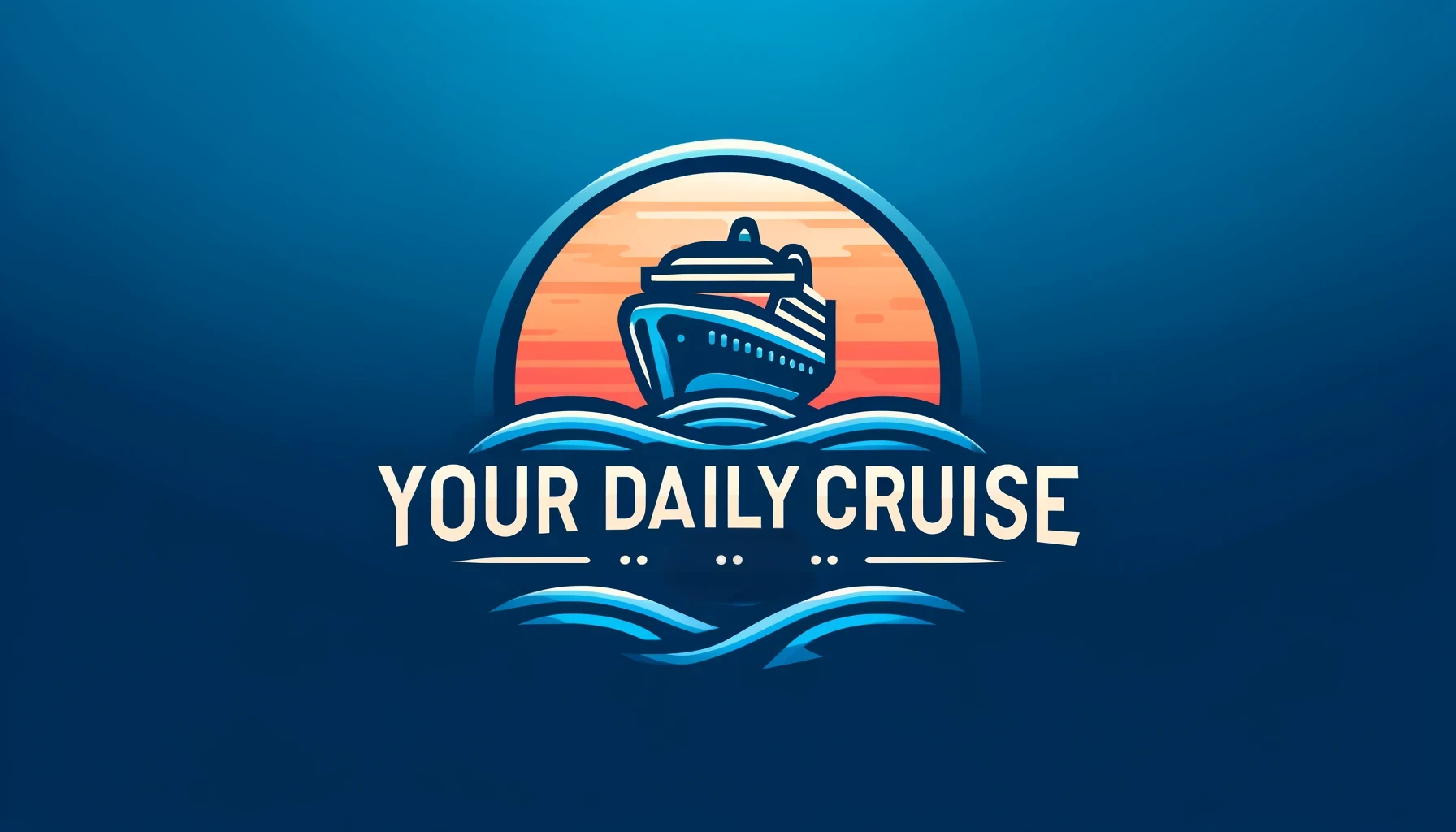
Juneau, the scenic capital of Alaska, has taken decisive action to manage the overwhelming influx of cruise ship passengers that has surged post-pandemic. The city, with a population of around 32,000, faced a significant challenge as it tried to accommodate the needs of its residents while welcoming over 1.6 million visitors in the previous year. These visitors, many of whom disembarked from cruise ships, often outnumbered the locals, creating strains on the city’s infrastructure and residents’ way of life. To address this, Juneau has established new limits on the number of cruise ship passengers allowed to visit each day, starting in 2026.
Juneau’s Post-Pandemic Tourism Surge
Juneau’s picturesque landscapes and unique experiences, such as whale watching and hiking, make it a prime destination for tourists. However, the popularity of the city has led to an unprecedented surge in tourism, particularly from cruise ships. In 2022 alone, Juneau saw a 44% increase in cruise ship passengers, a spike that residents and city officials described as “shocking” and “suffocating.”
During peak tourism periods, up to 21,000 passengers would descend on the city daily, overwhelming its infrastructure and services. The increased traffic also led to concerns about the environmental impact, particularly in the pristine natural areas that draw so many visitors to Juneau in the first place. This surge in tourism brought economic benefits but also sparked significant concerns among locals about the sustainability of such growth.
New Agreement to Cap Cruise Passenger Numbers
In response to these challenges, the Juneau city government has entered into a voluntary agreement with the cruise ship industry to cap the number of passengers allowed to visit each day. The agreement, set to take effect in 2026, limits the number of cruise ships docking daily to those with a cumulative total of 16,000 beds from Sunday through Friday and 12,000 beds on Saturdays. However, actual passenger numbers could exceed these figures, as cruise ships often sail at overcapacity.
This initiative is aimed at balancing the needs of the local economy, which relies heavily on tourism, with the quality of life for Juneau’s residents. “The city’s position is that we do not have room for cruise growth with our current infrastructure,” said Alexandra Pierce, Juneau’s tourism manager. “We have negotiated the daily passenger limits to bring down our busiest days, providing some relief to our community.”
Community Reactions: Support and Criticism
The decision to limit cruise ship passengers has sparked mixed reactions within the community. While many residents support the new limits, seeing them as a necessary step to prevent further strain on the city’s resources and environment, others believe the measures do not go far enough.
A group of locals is pushing for a more stringent ballot measure that would limit the number of cruise passengers to just 250 beds on Saturdays and July 4th. This proposal, which effectively bans most cruise ships on those days, is seen as a way to give residents a reprieve from the constant influx of tourists. “All we are seeking is one day a week, plus the Fourth of July, when locals can go downtown, visit the glacier, hike on our trails, and go fishing without competing with thousands and thousands of cruise passengers,” said Steve Krall, a supporter of the measure.
However, not everyone agrees with this approach. Opponents argue that the economic benefits of cruise tourism, including consumer spending and tax revenue, are too significant to jeopardize. They contend that the current agreement strikes a fair balance between protecting the interests of residents and sustaining the local economy.
Balancing Tourism and Community Needs
Juneau’s challenge is not unique. Many popular tourist destinations around the world are grappling with the effects of overtourism, where the number of visitors overwhelms the destination’s capacity to handle them sustainably. Juneau’s new agreement is an attempt to find a balance between welcoming tourists and preserving the quality of life for its residents.
The city’s efforts to manage cruise tourism are also a recognition of the long-term sustainability of its tourism industry. By capping the number of visitors, Juneau aims to prevent the kind of overdevelopment that has harmed other tourist hotspots. The goal is to maintain Juneau’s appeal as a destination while ensuring that its natural beauty and small-town charm remain intact for future generations.
Looking Ahead: Juneau’s Future in Sustainable Tourism
As the agreement with the cruise ship industry takes effect in 2026, Juneau will need to continue working on expanding and improving its infrastructure to accommodate tourists more sustainably. This includes investing in transportation, waste management, and conservation efforts to mitigate the environmental impact of tourism.
Moreover, the city will need to engage with all stakeholders, including residents, business owners, and environmental groups, to ensure that the tourism industry grows in a way that benefits everyone. By doing so, Juneau can continue to thrive as a top destination in Alaska while preserving the quality of life that makes it such a special place to live.
Juneau’s decision to limit cruise ship passengers is a proactive step toward managing the effects of overtourism. While the new caps may not please everyone, they represent a crucial effort to balance the economic benefits of tourism with the need to protect the community and environment. As other cities around the world face similar challenges, Juneau’s approach may serve as a model for sustainable tourism management.






Leave a Reply